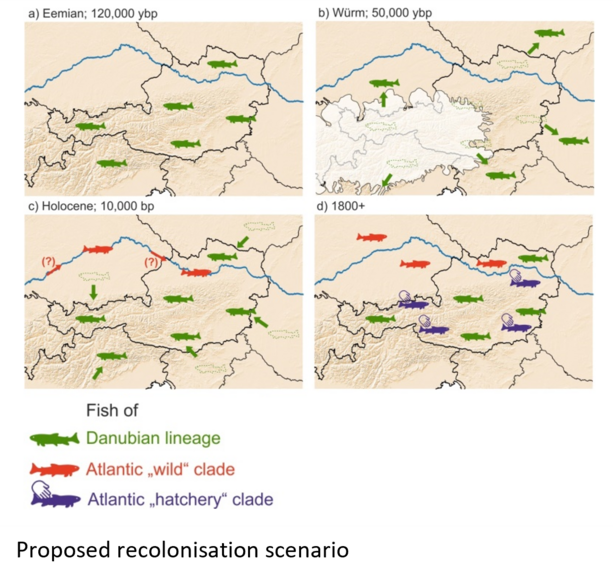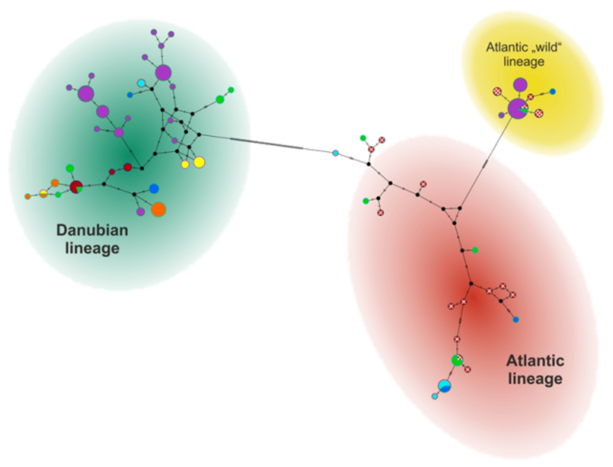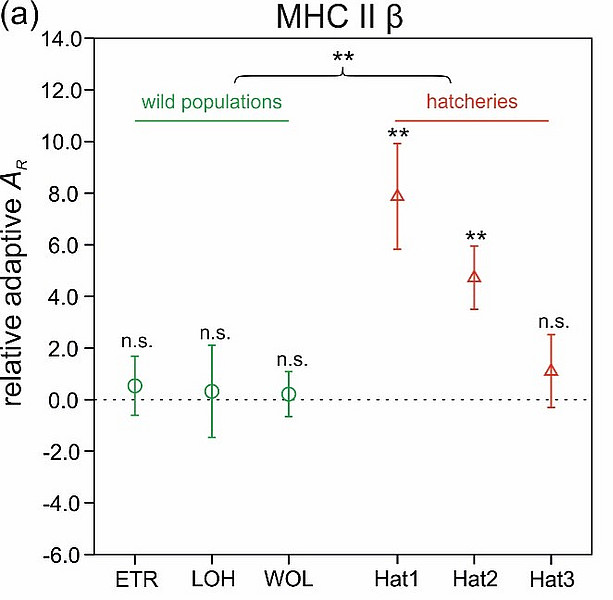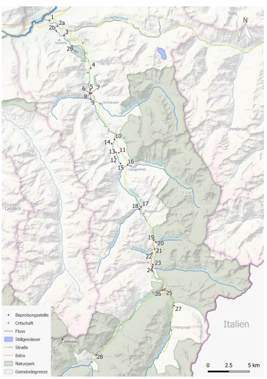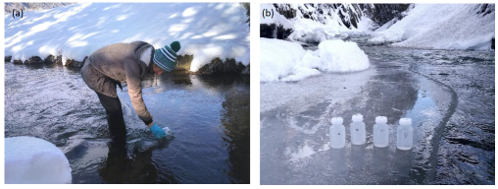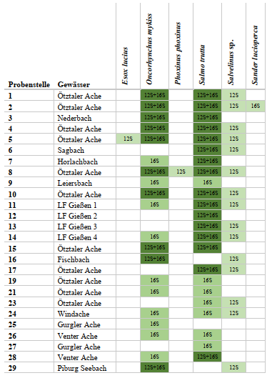Population genetics and phylogeography of brown trout in Austria.
This project aimed to describe the genetic composition of wild and farmed populations of brown trout in Austria. A high-resolution typing protocol was developed, including 17 microsatellite loci and sequencing of >6,000 bp of mitochondrial DNA. Examination of several wild populations led us to formulate the following hypothesis about the postglacial recolonization of brown trout in Austria : First, there was a postglacial expansion of the range of the so-called Danubian genetic lineage into large parts of Austria. In a second wave of range expansions, the Atlantic lineage also migrated into areas of Upper and Lower Austria. During the 20th century, another Atlantic lineage was introduced by extensive stocking by humans. Between the pure Danubian populations we found strong differences and splitting times, which date back to the last interglacial (about 120,000 years ago). While autochthonous wild populations seem to be more influenced by genetic drift, we observed relatively stronger selection pressure on adaptive loci in breeding populations. Because environmental conditions in farms are usually drastically different from those in the wild, this selection pressure could favor genetic variants that are detrimental to fish exposed in a natural environment.
eDNA assesment on the fish fauna in the Ötztaler Ache river using metabarcoding
The fish fauna of the Ötztaler Ache river was surveyed via eDNA metabarcoding. For this purpose, water samples were taken at 28 locations and the environmental DNA contained therein was extracted. This is amplified using universal fish primers and sequenced using illumina technology.
